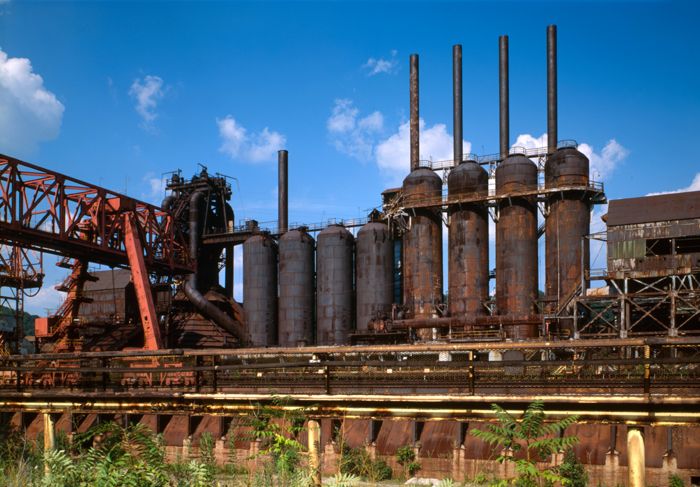This pattern is exhibited to an extreme degree by the Luxembourg producer s. The data reveal absolutely no pr ice change on many steel pro...
This pattern is exhibited to an extreme degree by the Luxembourg producer s. The data reveal absolutely no pr ice change on many steel products for a 10-year per iod between 1958 and 1968, after which list prices tended to increase, never to decl ine. Although not as marked, the non-decreasing pattern of list prices is also true of the German and French producers. During the worldwide recession of 1958, '£he'major' producers of West Germany anå France raised their list prices for vir tual ly all products. The next most ser ious recess ion for the EC was in 1965; again, the major producers of West Germany anã France held their list prices unchanged.
The years 1961-63 are years of below average growth in apparent steel consumption for the EC. Yet the West German producers held their list prices fixed, while the French producers raised their list prices on Thomas quality steel. Again, in the 1971 recession, German list prices rose, while the French remained constant. During the 1975 recession, list prices did not decline. However, most producers listed "temporary rebates" on carbon steel products. Unl ike the major producer s of the EC, the smaller Belg ian steel producers exhibited aggressive list price cuttin~ during .~ recessions. Stegemann (30l concluded that dur ing the years of depressed growth in steel demand in the EC--1963, 1965, 1966, and 1967: -200- ... aggressive pr ice cutting (by the Belgians) which reduced the price floor did take place. . Whereas in the case of the other countr ies the VDMA data for each product generally reflect the pr icing behavior of one major national producer or a coherent group of national producers, the lowest Belgian list prices for certain products are the result of considerably ùiverse pricing policies of individual firms or subg roups. During the 1963-68 period, the Belgian list prices became the lowest in the EC for wire rod, merch~rt bars and heavy plate. 56/ Al though not to the same extent as the Belg ians, the proäucers of The Netherlands and Italy have also exhibited some list price flexibility. For example, list prices were lowered in both Italy and The Nether lands dur ing the 1958 recession.
During the recent recession of 1975, "temporary rebates" off 1 ist pr ices were granted by both Dutch and Ital ian producers on products such as hot rolled hoop and str ip, merchant bars, and concrete reinforcing bars. However, one must look beyond the monotonic non-decreasing list prices in the Ee to transactions prices if one is to discern the pattern of EC pricing. Legally, no EC steel firm may sell steel at a given place for a pr ice lower than the lowest delivered list price that has been quoted by any firm for that place. For example, if a French firm has quoted the 56/ The data on Belgian relative list bY Klaus Stegemann frqm data supplied Germah Machinery Manfacturers (VDMA). , more detail on this subject. pr ices were calculated by the Association of See (30, ch. 3) for -201- lowest delivered price for Paris, a German firm may legally sell at a price below its own published delivered price, provided it is not below the French firm's quotation.. Such sales are termed "alignment" sales.
An EC steel firm may sell below its own quoted price by ali~ning on another EC firm's quoted price or on the delivered price of a firm from outside the EC. Selling at prices lower than the lowest quoted .~ . delivered price is illegal under the terms of the Treaty of Paris. 57/ During the 1963 recession in the European Coal and Steel Community (ECSC), steel producers made significant use of their alignment rights. The weighted average of the price reductions for all alignment sales by Community producers in 1963 is estimated at 30 to 35 percent (25, p. 227). Since June of 1967, the EC High Authority has been collecting confidential data from steel producers on the modes of pricing certain important steel products. These data are compiled into summary statistics and are occasionally released. Table 4.10 shows data for the first quarter of 1970 (a boom), the second quarter of 1972 (contraction), and the second quarter of 1973 (a boom). For the three quarters in the table, sales

No comments